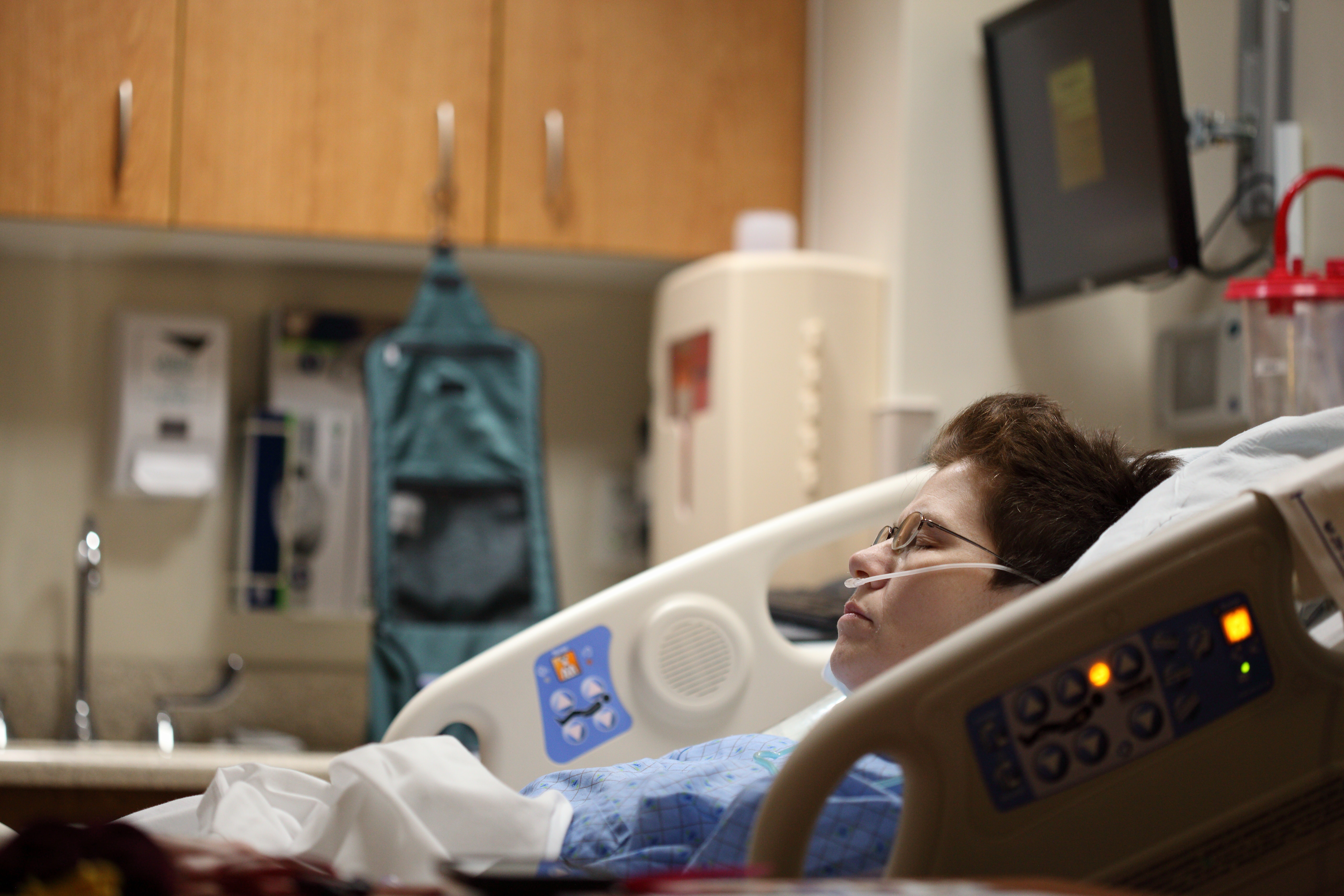Media release
From:
Sex hormones and anesthetic sensitivity
Sex hormones may contribute to increased anesthetic resistance in women compared with men, according to a study. General anesthetics exert their hypnotic effects partly by modulating the activity of hypothalamic circuits, which regulate sleep and wakefulness. Although the circuits are known to be sexually dimorphic and hormonally modulated, sex-based differences and effects of sex hormones on anesthetic sensitivity have not been well-studied. Alex Proekt, Max Kelz, and colleagues explored the influence of sex and sex hormones on sensitivity to volatile anesthetics using behavioral and neurocognitive assessments in mice and humans. The analysis revealed that both female mice and women are more resistant to the hypnotic effects of anesthetics, taking longer to become anesthetized and emerging faster from anesthesia than males. The authors found that the higher sensitivity of males was modulated by testosterone, with castrated male mice exhibiting increased resistance and injections of testosterone resulting in increased anesthetic sensitivity in mice. Electroencephalogram analysis, which is used to monitor anesthetic depth in clinical settings, revealed no sex-based differences in anesthetized mice or in 30 human volunteers. However, whole brain activity mapping of mice under anesthesia revealed higher levels of activity in male mice in hypothalamic regions known to promote natural sleep. According to the authors, previously overlooked, sex-based differences in anesthetic sensitivity could explain the comparatively higher rates of unintended awareness under general anesthesia reported by women.



 International
International



